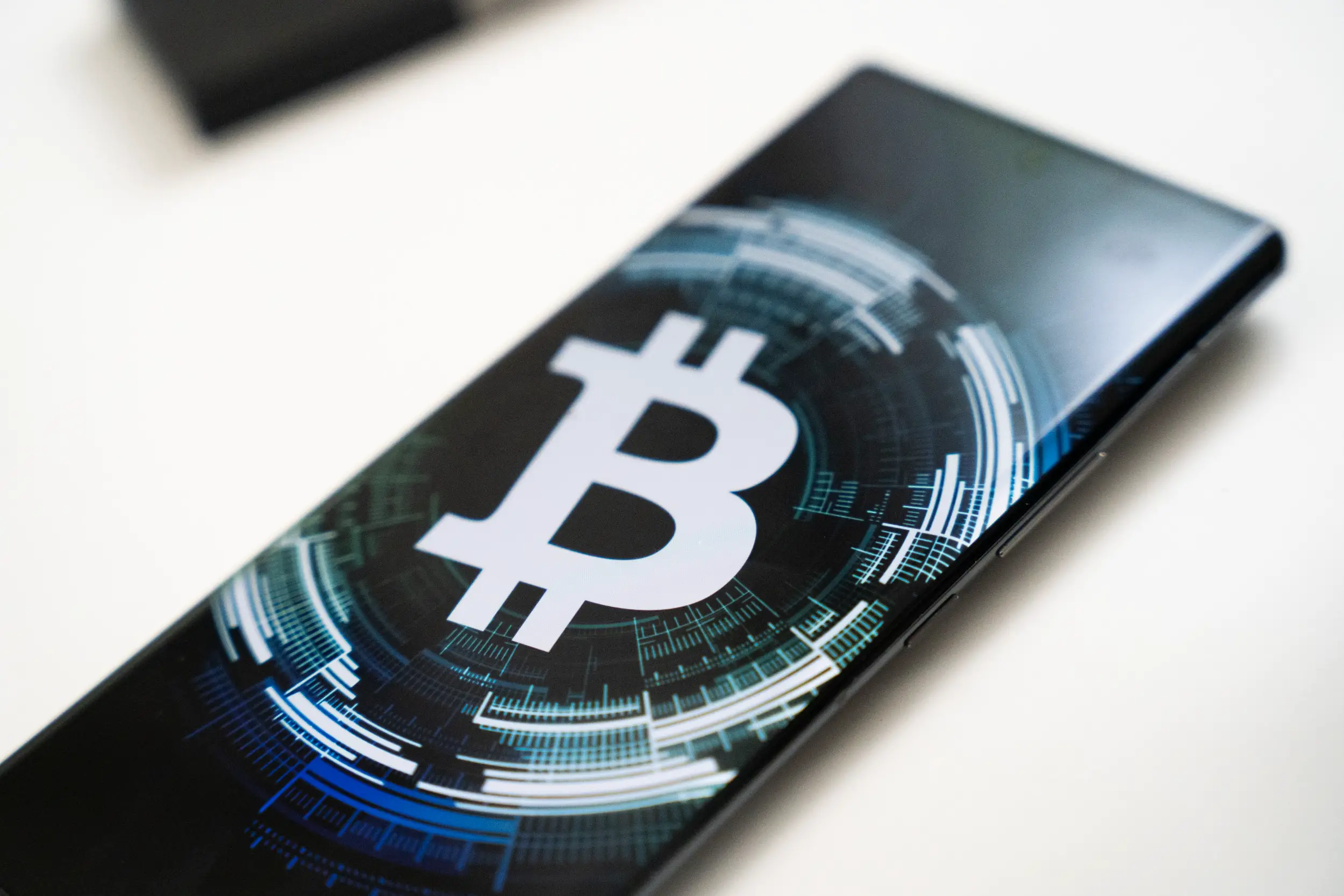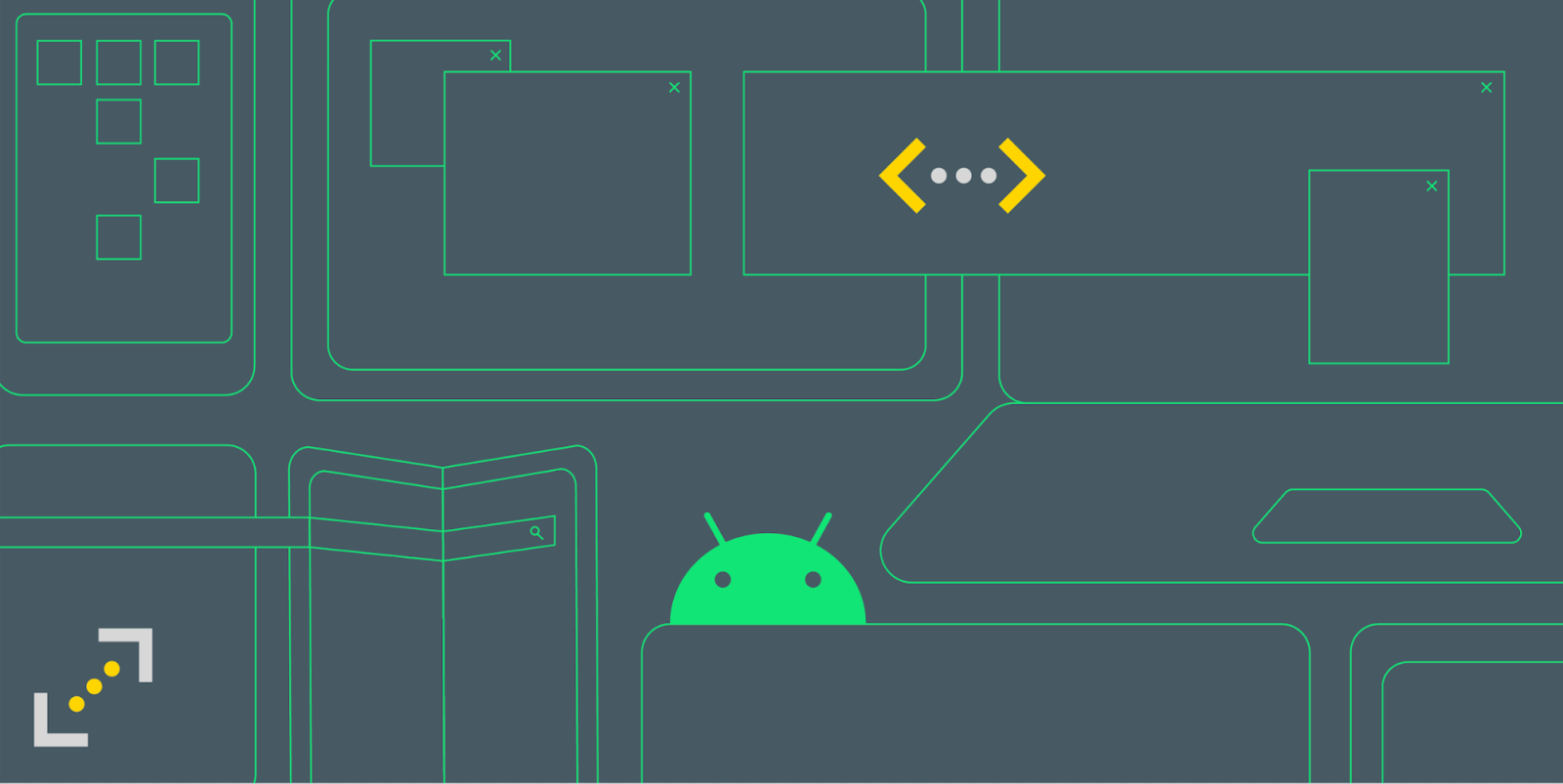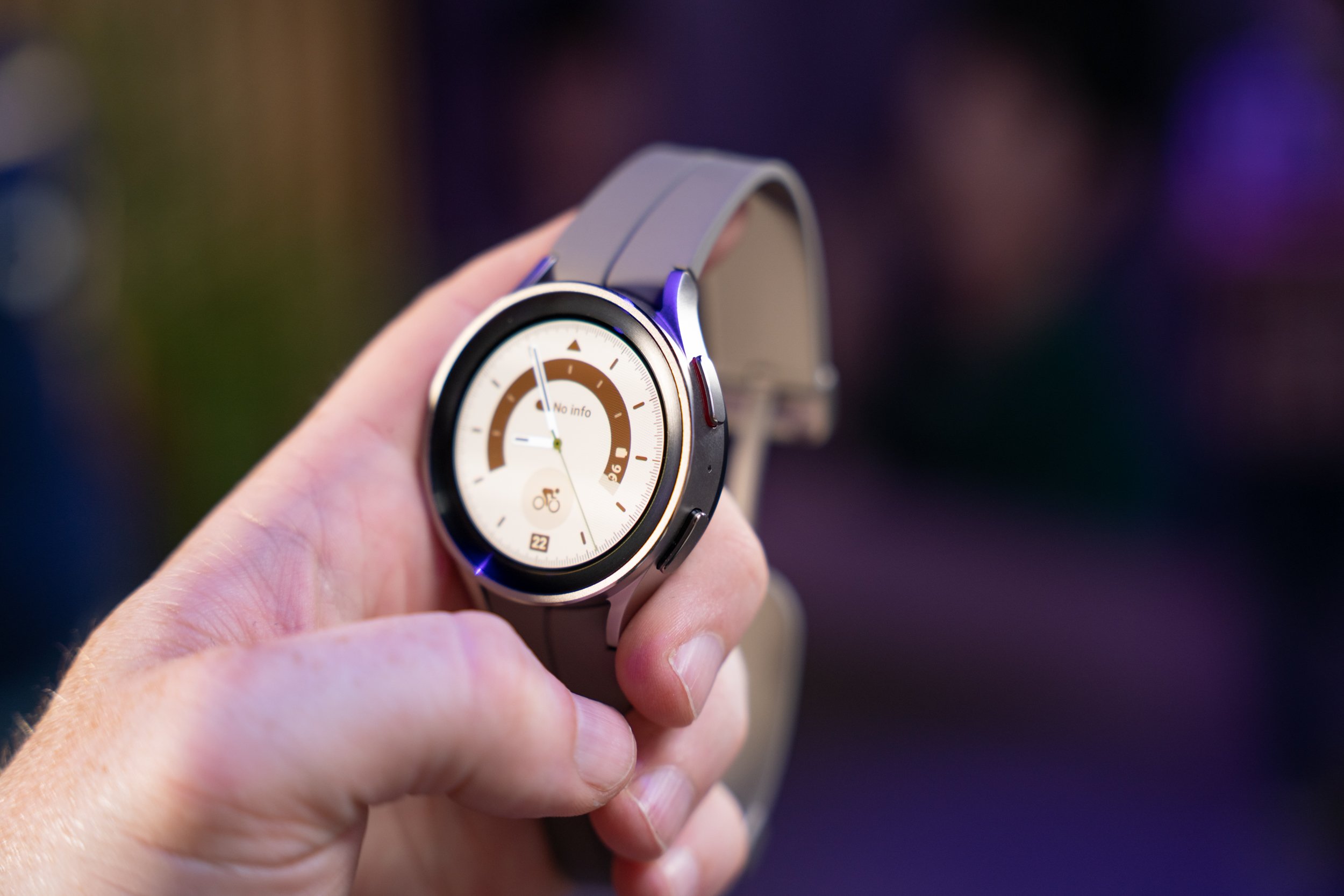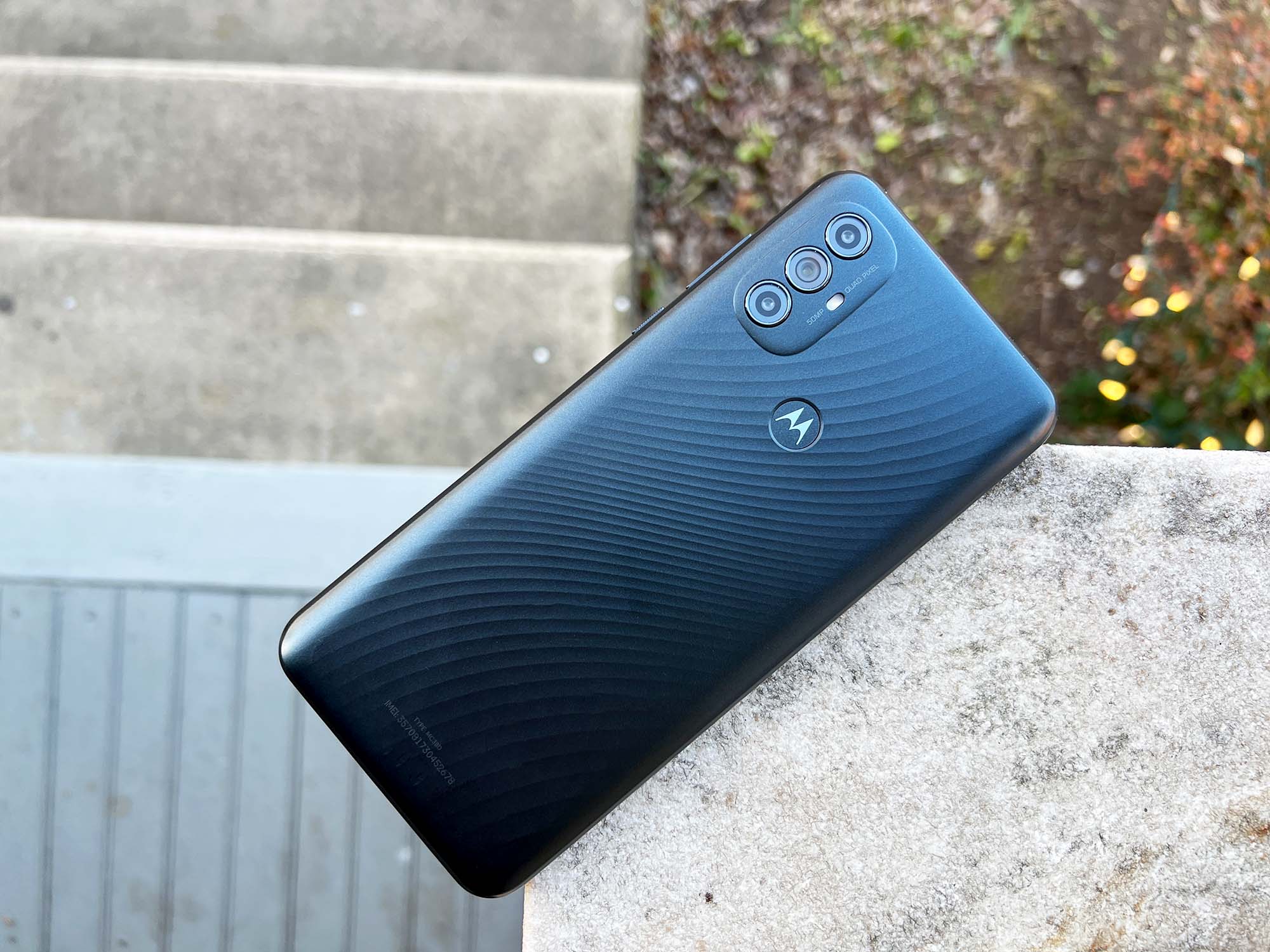Estate planning entails organizing wealth to ensure that your loved ones access it upon your death. Also, inheritance planning reduces tax liabilities that inheritances bring along while simultaneously protecting the rights of the involved people according to the law. Since Bitcoin is undoubtedly a relatively new asset, you may need a few professionals to include it in your estate planning. For instance, you may need a tax advisor and a lawyer to include Bitcoin in your estate plan.
Allowing Your Dependents Access to Your Bitcoins
Each Bitcoin owner has a unique situation. Therefore, experts recommend talking to a professional financial adviser when planning to include Bitcoin in a will. Nevertheless, you can ensure that your loved ones access your Bitcoins upon your death by doing certain things. At the same time, ensure that your Bitcoin holdings are safe from hackers and malicious people. Here’s how to ensure that your dependents can access your Bitcoin holdings after your death.
Create Privileged Information Copies
Start by writing down essential information about your Bitcoin holdings. Ideally, these are the details of the apparatus that people use in the crypto industry.
Crypto Exchanges
Most people use crypto exchanges like this free software to purchase and sell Bitcoin. In most cases, cryptocurrency exchanges are custodial and centralized, meaning once you deposit the funds into your account it goes into the platform’s account and control. And you need login details like a password to access the exchange.
If you die, the exchange won’t contact your loved ones because it won’t know you’ve passed on. Writing down the platforms that you use to trade Bitcoin will enable your family to start the process of controlling the digital assets in your account. Therefore, list all crypto exchanges you use and the Bitcoin holdings in them. However, don’t write the passwords or login details on the same paper.
If you use a decentralized crypto exchange, the procedure might be different. That’s because a decentralized platform allows you to control the crypto. That means you can treat it as a digital wallet.
Wallets
The procedure for custodial wallets is the same as that of centralized exchanges. But when you have a non-custodial wallet, the best approach is to start by creating its backup. And you’ve most likely done that during the onboarding process.
If you’ve not done this, write down the wallet name and the recovery phrase on a paper. Store this information securely in an envelope. If you store this information at home, lock it in a place where only your trusted family members can access it. And this could be in a bedroom wardrobe or a safe.
Alternatively, you can open a deposit box with your bank and store the envelope there. Note that anybody can steal your Bitcoin holdings as long as they have the seed phrase in the envelope. Therefore, use a bank that upholds high-security standards. Also, you can store your login details and passwords for custodial exchanges in the same place.
After creating a non-custodial wallets backup, develop a list stating the number of tokens in them. Also, include details of the storage and instructions for accessing them upon your death.
Devices
To ensure that your family doesn’t throw away your devices thinking it’s useless, indicate where you have stored your crypto. For instance, you can state that your yellow smartphone and your purple computer are essential. But don’t make them easily accessible to everyone.
Final Thoughts
Your loved ones should have an easy time accessing and inheriting your Bitcoin holdings. Follow these guidelines to make things easier for your heirs upon your death.












Comments